Community-led housing projects have gained traction in recent years as cities grapple with housing affordability and the need for inclusive, sustainable communities. These projects empower local residents to take control of the design and development of their homes, ensuring that they reflect the needs, values, and aspirations of the people who live there. As demand for more equitable housing options increases, construction trends have emerged that support community-led projects. These trends focus on sustainability, affordability, and local engagement, all of which contribute to the success and longevity of such initiatives. Here are five new construction trends that support community-led housing projects.
1. Modular and Prefabricated Homes for Cost Efficiency
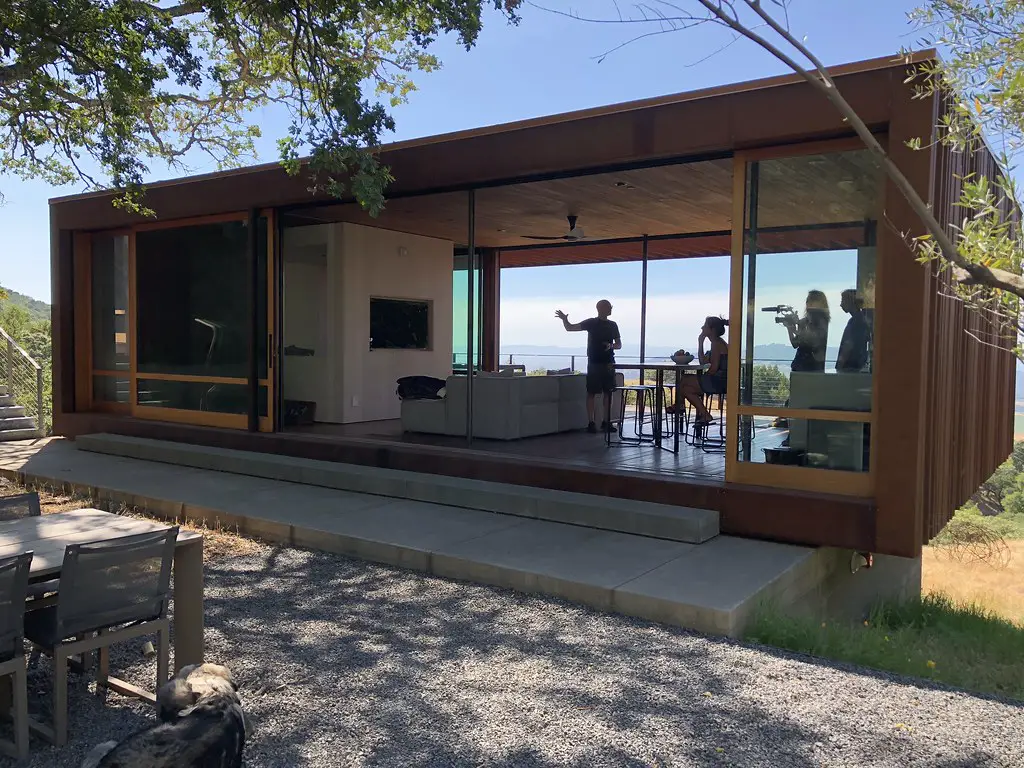
Modular and prefabricated homes are transforming how communities approach housing construction. These homes are built off-site and then assembled on-location, which can significantly reduce construction time and costs. This trend supports community-led housing by making it more affordable for local organizations and residents to develop their own homes. By minimizing labor costs and shortening construction timelines, modular and prefabricated homes allow more people to participate in creating affordable housing in their neighborhoods.
These homes can also be customized to meet the specific needs of the community, allowing for flexible designs that cater to different family sizes and housing requirements. Furthermore, the scalability of modular construction makes it an attractive option for large-scale, community-driven projects. As urban areas seek to address the housing crisis, modular homes offer a sustainable and efficient solution for community-led initiatives, enabling more people to access affordable, well-designed homes.
2. Eco-Friendly and Sustainable Building Materials
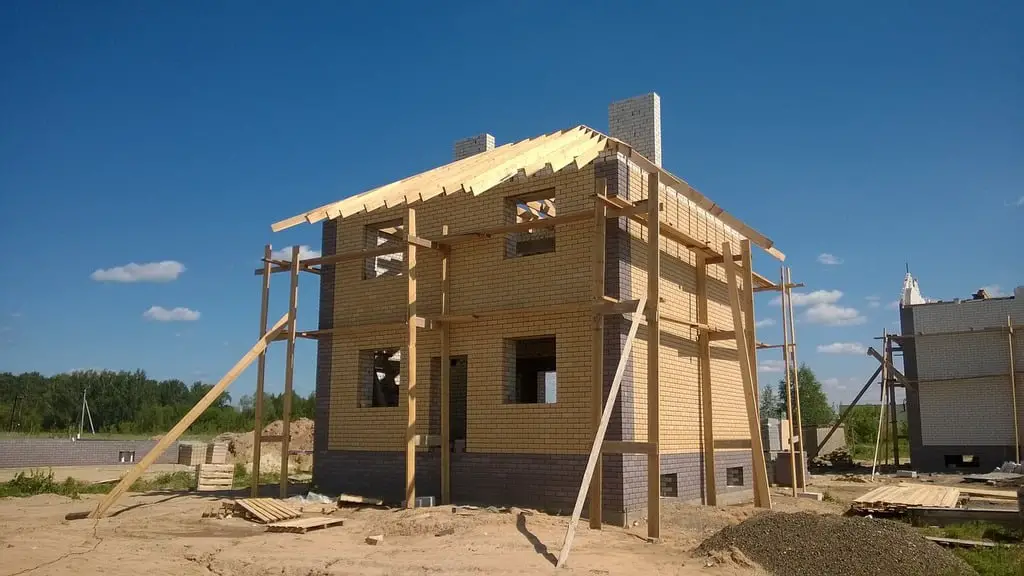
Sustainability is at the forefront of community-led housing projects, with an increasing number of developers turning to eco-friendly materials to reduce the environmental footprint of new homes. Building with sustainable materials, such as recycled steel, bamboo, and hempcrete, not only lowers the carbon impact of construction but also supports healthier living environments for residents. By prioritizing these materials, community-led housing projects can create homes that are not only affordable but also environmentally responsible.
Moreover, using locally sourced and renewable materials helps stimulate the local economy while reducing the carbon emissions associated with transporting construction goods. Sustainable building practices also prioritize energy efficiency, which translates into long-term savings for residents. These green features make community-led housing more sustainable in both environmental and financial terms, ensuring that homes are built to last and maintain their value over time.
3. Co-Op and Collaborative Living Designs
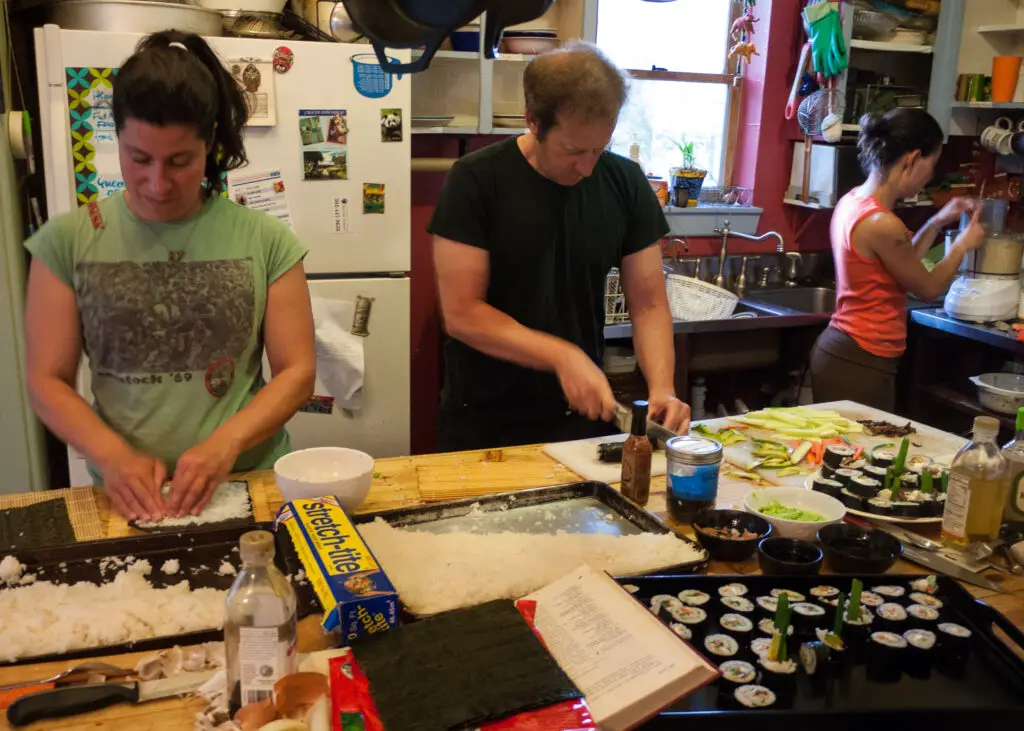
Co-operative housing designs are gaining popularity as part of the community-led housing trend, where groups of people come together to share resources, reduce costs, and foster a sense of communal living. These designs often feature shared spaces such as kitchens, gardens, and communal areas, encouraging collaboration and interaction among residents. This approach not only reduces the overall cost of construction but also promotes social cohesion and a stronger sense of community.
Co-op housing models are increasingly seen as a viable option for low-income families and individuals who wish to have more control over their living environment. By pooling resources and working collectively, residents can share responsibilities, such as maintenance and property management, and have a voice in decisions that affect their homes. These community-led projects provide a unique solution to housing challenges, allowing residents to build their own homes and relationships in the process.
4. 3D Printing for Affordable Housing
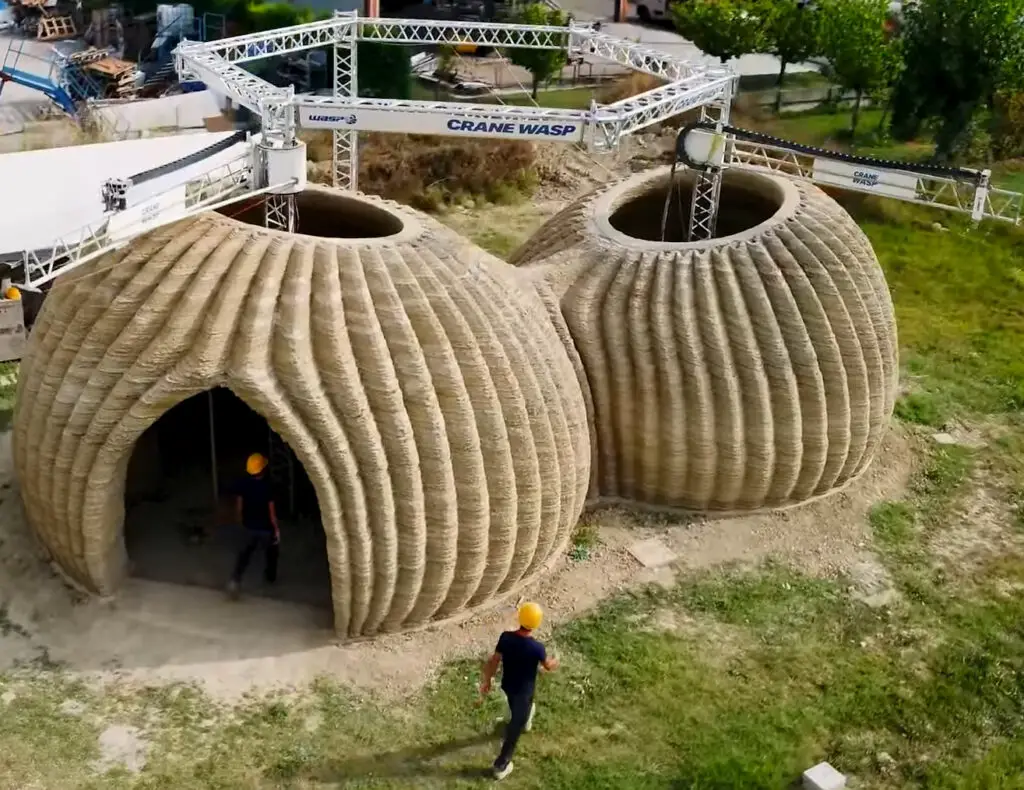
3D printing technology is making waves in the construction industry, and its application in community-led housing projects is poised to revolutionize affordable housing. With 3D printing, homes can be built faster and more cost-effectively, using less material and reducing labor costs. This technology allows for more efficient use of space and resources, which is particularly beneficial for community-driven housing projects where affordability and efficiency are key priorities.
The ability to print homes on-site also reduces transportation costs and eliminates the need for a vast number of construction workers, making the process more accessible for small-scale, community-led projects. Additionally, 3D printed homes can be customized to meet the specific needs of each project, providing flexibility in design and layout. As 3D printing becomes more mainstream, it offers an exciting opportunity for communities to create affordable, sustainable housing on their terms.
5. Mixed-Use Developments That Integrate Housing with Local Amenities
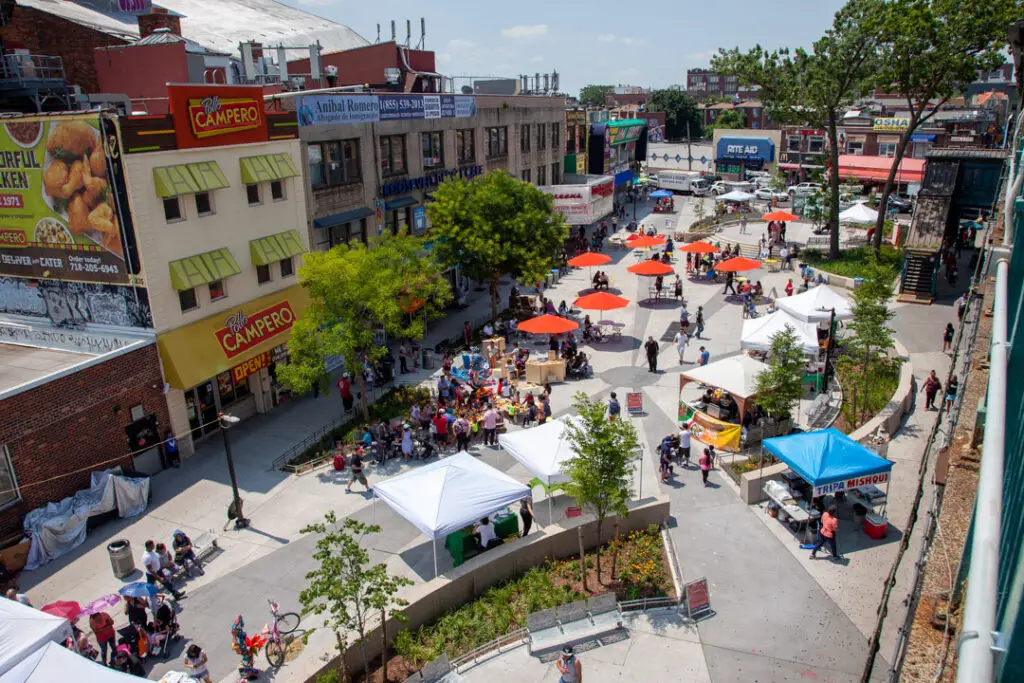
In response to the demand for more integrated communities, mixed-use developments are becoming an essential trend in community-led housing. These developments combine residential spaces with commercial, retail, and recreational areas, creating vibrant neighborhoods that provide residents with easy access to jobs, schools, healthcare, and entertainment. By incorporating local amenities into housing projects, mixed-use developments can reduce transportation costs, improve social mobility, and promote stronger community ties.
This trend is particularly beneficial for communities that may not have access to quality services or amenities. By embedding these facilities within the same area as affordable housing, community-led projects can provide equitable access to resources and ensure that neighborhoods thrive. Mixed-use developments support the idea of building neighborhoods that are not only places to live but also places to work, learn, and play, fostering long-term sustainability and vitality for all residents.
